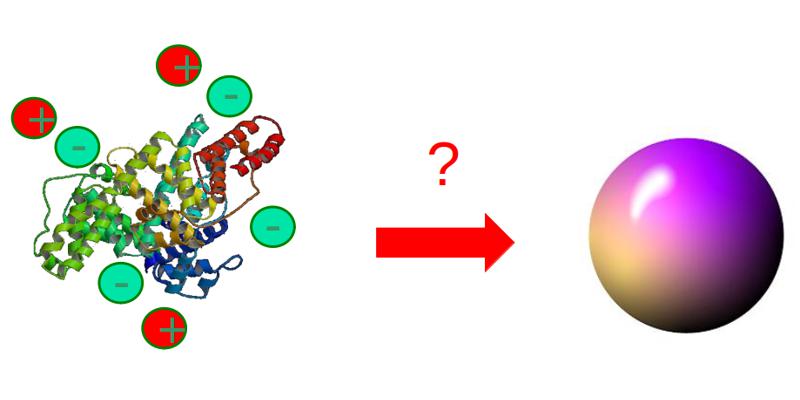- Share
- Share on Facebook
- Share on X
- Share on LinkedIn
Seminar
On January 5, 2023

Frank Schreiber (Institut für Angewandte Physik, Universität Tübingen)
Proteins are considered the machinery of life. They are an exciting subject of study for many branches of modern science and technology, from biology to medicine and pharmacy, but also in colloid science, chemical engineering and nanotechnology. In many cases, not only the behavior of individual proteins needs to be understood, but rather the collective phenomena, which remains a challenge, in particular quantitatively. In many cases, models derived from soft matter, colloid or polymer-based, can be successfully employed.
After some introductory remarks on the soft matter perspective of proteins, we discuss concepts for controlling and understanding protein phase diagrams, including aggregation pathways and the branching between them in aqueous solution by addition of multivalent ions. This route for the tailoring of the interaction potential is exploited for controlling a) crystallization, b) gelation and amorphous aggregation, c) network formation, as well as d) smaller aggregate formation including their dynamics and kinetics.
First, we present a real-time study of protein crystallization induced by multivalent ions using small-angle scattering and optical microscopy. Based on the crystallization kinetics, we propose a multistep mechanism. In the first step, an intermediate phase is formed, followed by the nucleation of crystals within the intermediate phase. In the next step, the intermediate phase is consumed by nucleation and slow growth. Competing pathways for amorphous aggregation and arrested states are also discussed.
Second, we present complementary investigations of the dynamics of these systems using quasi-elastic neutron scattering, showing a remarkably universal behavior of the effective diffusion as a function of concentration and salt under suitable conditions. We also discuss the mapping on models for diffusion of colloids.
Third, we show how these concepts can be transferred to protein-interface interactions, and how adsorption behavior can be manipulated by multivalent charges. We try to connect the interface and the bulk behavior, including reentrant adsorption and anomalous interface behavior upon approaching bulk phase boundaries.
Invaluable contributions by numerous collaborators are gratefully acknowledged as is financial support by BMBF, DFG, and ANR.
[1] F. Roosen-Runge et al., PNAS, 108, 11815 (2011).
[2] A. Sauter et al., JACS, 137, 1485 (2015).
[3] M. Grimaldo et al., Quarterly Reviews of Biophysics, 52, e7, 1 (2019)
[4] M. R. Fries et al., Phys. Rev. Lett., 119, 228001 (2017)
[5] A. Girelli et al., Phys. Rev. Lett. 126 (2021) 138004
[6] N. Begam et al., Phys. Rev. Lett., 126, 098001 (2021)
[7] M. Reiser et al., Nature Communications,13, 5528 (2022)
Date
11:00
Localisation
LIPhy, salle de conférence
- Share
- Share on Facebook
- Share on X
- Share on LinkedIn